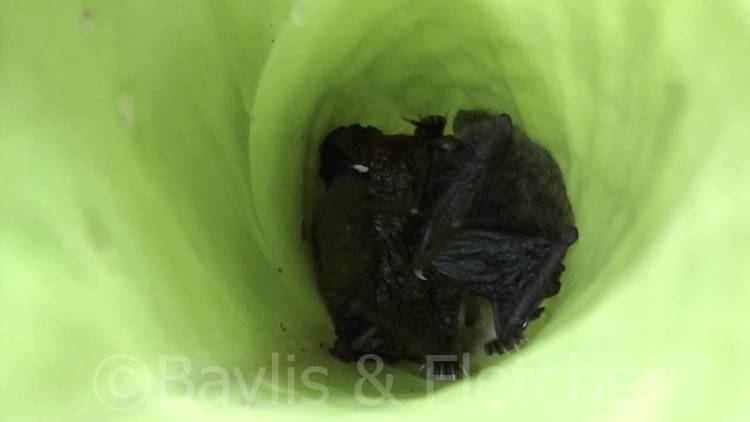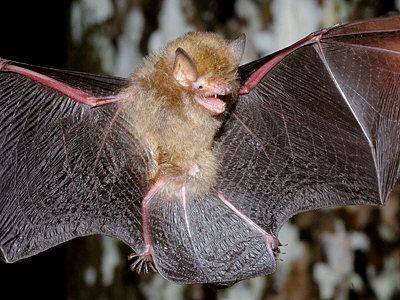Order Chiroptera | Family Vespertilionidae Scientific name Kerivoula hardwickii Rank Species | |
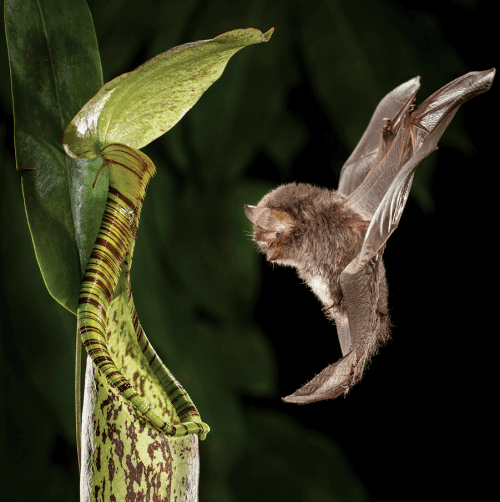 | ||
Similar Kerivoula, Bat, Nepenthes hemsleyana, Mammal, Round‑eared tube‑nosed bat | ||
Hardwicke s woolly bat mulu np malaysia 20140306 114254 m2ts
Hardwicke's woolly bat (Kerivoula hardwickii) is a species of vesper bat in the family Vespertilionidae. It is found in China, India, Indonesia, Laos, Malaysia, Myanmar, the Philippines, Sri Lanka, Thailand and Vietnam. The bat typically inhabits the forest understory of these regions and roosts in hollow trees or dead clusters of leaves. As typical with understory bats, this species is slow flying and highly maneuverable.
Contents
- Hardwicke s woolly bat mulu np malaysia 20140306 114254 m2ts
- Hardwicke s woolly bat mulu np malaysia 20140305 101901 m2ts
- Appearance
- Association with pitcher plants
- References
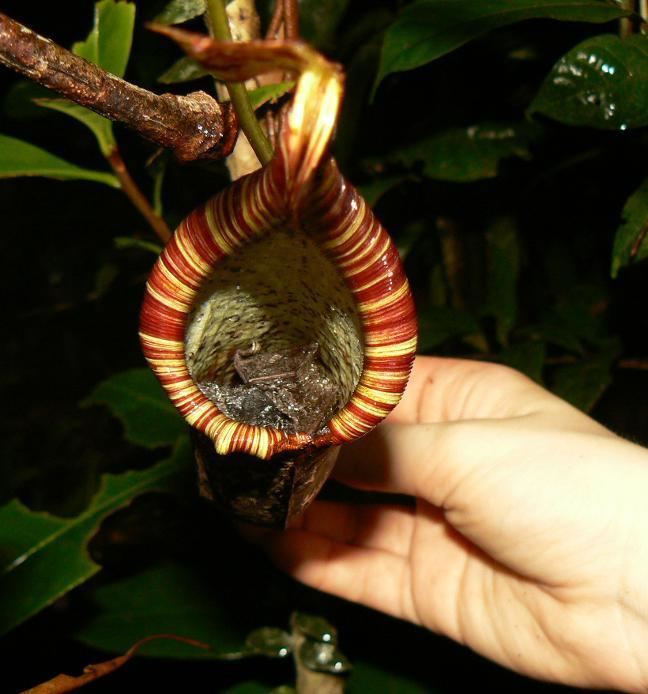
Known as රත් බොර කිරිවවුලා (meaning "reddish-brown kerivoula") in Sinhala.
Hardwicke s woolly bat mulu np malaysia 20140305 101901 m2ts
Appearance
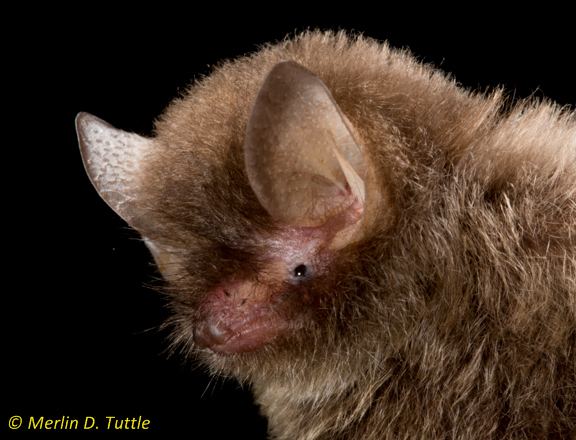
The fur on the dorsal, or backside, of the bat is typically a smoky brown color while the ventral portion is a lighter greyish-brown color. A forearm length for this bat is typically 31–36 millimeters, and the ears are approximately 11–15 millimeters. This species also has a more prominent size difference in the size of its premolars than other Kerivoula species, such as Painted bat Wing membrane is blackish-brown but translucent. The fur is very soft and of moderate length.
Association with pitcher plants
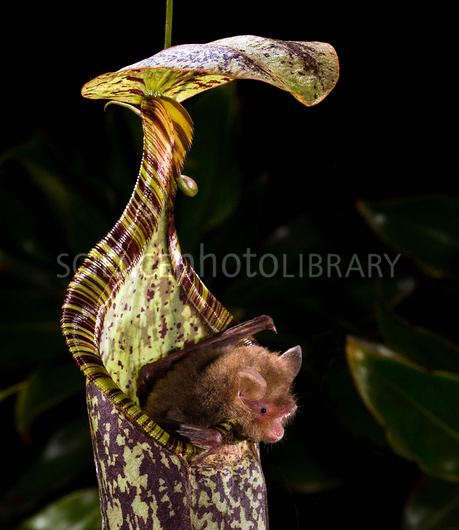
This small bat has been found roosting above the digestive fluid in the pitchers of the carnivorous plant Nepenthes hemsleyana (previously known as Nepenthes baramensis and informally as Nepenthes rafflesiana var. elongata), which grows in the peat swamps and heath forests of Borneo. This relationship appears to be mutualistic, with the plant providing shelter for the bats and in return receiving additional nitrogen input in the form of faeces. It has been estimated that the plant derives 33.8% of its total foliar nitrogen from the bats' droppings.
